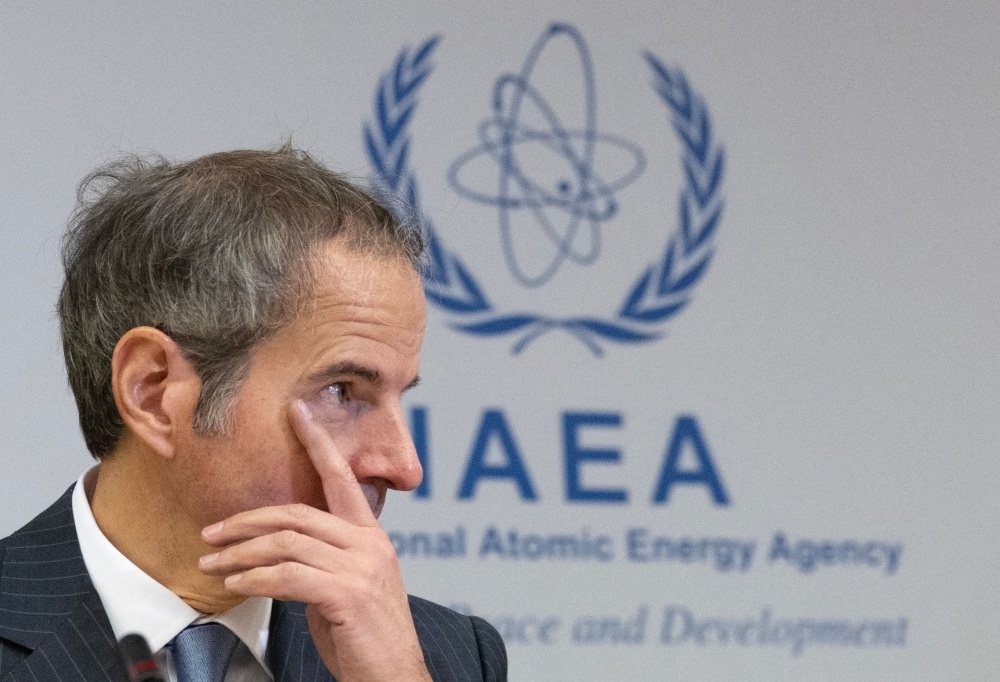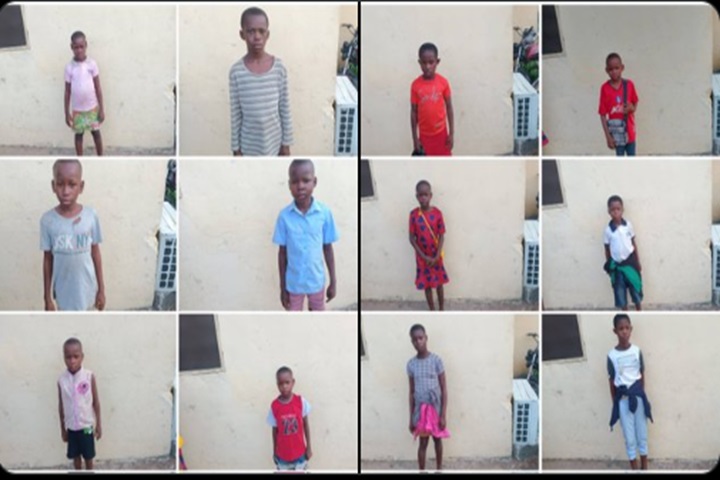News
The Bombing Did Not End It – What Is Iran Hiding?

Despite recent airstrikes that severely damaged parts of Iran’s nuclear infrastructure, the country may still be capable of resuming enriched uranium production within months, according to Rafael Grossi, Director General of the International Atomic Energy Agency (IAEA).
In an interview with CBS News on Saturday, June 28, 2025, Grossi stressed that while some facilities were hit hard, Iran retains the technical capacity to restart elements of its atomic program relatively quickly.
On June 13, Israel launched coordinated strikes on Iranian nuclear and military sites.
It claimed the attacks were intended to stop Tehran from acquiring a nuclear weapon, an accusation Iran has consistently denied.
Days later, the United States followed suit with its own bombing campaign, targeting three additional sites connected to Iran’s atomic efforts.
Iran’s Foreign Minister, Abbas Araghchi, acknowledged the severity of the damage but withheld specific information, calling it “serious.”
Meanwhile, former U.S. President Donald Trump claimed that the attacks had pushed Iran’s nuclear program back “by decades.”
However, Grossi offered a more grounded assessment.
“Some is still standing,” Grossi said.
“They could have a few cascades of centrifuges running and producing enriched uranium in a matter of months—or possibly even sooner.”
One of the most pressing questions remains the status of Iran’s highly enriched uranium stockpile.
Before the strikes, Iran reportedly had around 408.6 kilograms (approximately 900 pounds) of uranium enriched to 60%.
Although this level is below the 90% enrichment required for a nuclear weapon, experts say it far exceeds the limit for civilian use.
According to them, it could theoretically be further enriched to build more than nine nuclear bombs.
Grossi acknowledged that the whereabouts of this stockpile are currently unknown.
“Some of it might have been destroyed in the attacks, but some could have been moved,” he said. “We need clarification on this.”
The lack of transparency is further compounded by Iran’s decision to cut ties with the IAEA in response to the recent strikes.
Iranian lawmakers voted to suspend cooperation with the agency, and Tehran denied Grossi’s request to visit damaged facilities, including the Fordow enrichment plant, one of Iran’s most sensitive nuclear sites.
Grossi emphasized the importance of access and verification.
“We need to be able to confirm what is still there, what has been damaged, and where any remaining material might be,” he said.
Without access, the international community remains in the dark about the true status of Iran’s nuclear capabilities.
In a separate interview on Fox News’s Sunday Morning Futures, Donald Trump expressed confidence that Iran had not moved its uranium stockpile prior to the strikes.
“It’s a very hard thing to do, plus we didn’t give much notice,” he said.
“They didn’t move anything.”
Still, uncertainty remains.
The question of whether Iran was able to secretly move critical materials before the attacks, adds another layer of complexity to an already tense situation.
U.S. Secretary of State Marco Rubio reaffirmed America’s support for the IAEA’s mission.
In a statement on Saturday, Rubio praised Grossi and his team for their commitment to “critical verification and monitoring efforts” in Iran, describing their work as essential to global security.
With diplomatic access frozen and the fate of Iran’s uranium stockpile unclear, the coming weeks will be critical.
Grossi’s full interview is set to air Sunday on Face the Nation with Margaret Brennan.
It is expected to offer further insights into the IAEA’s position and the growing international concern over Iran’s nuclear ambitions.
For now, the world watches closely, caught between official claims of success and the quiet warning that, despite the rubble, Iran’s nuclear clock may still be ticking.
For Diaspora Digital Media Updates click on Whatsapp, or Telegram. For eyewitness accounts/ reports/ articles, write to: citizenreports@diasporadigitalmedia.com. Follow us on X (Fomerly Twitter) or Facebook








